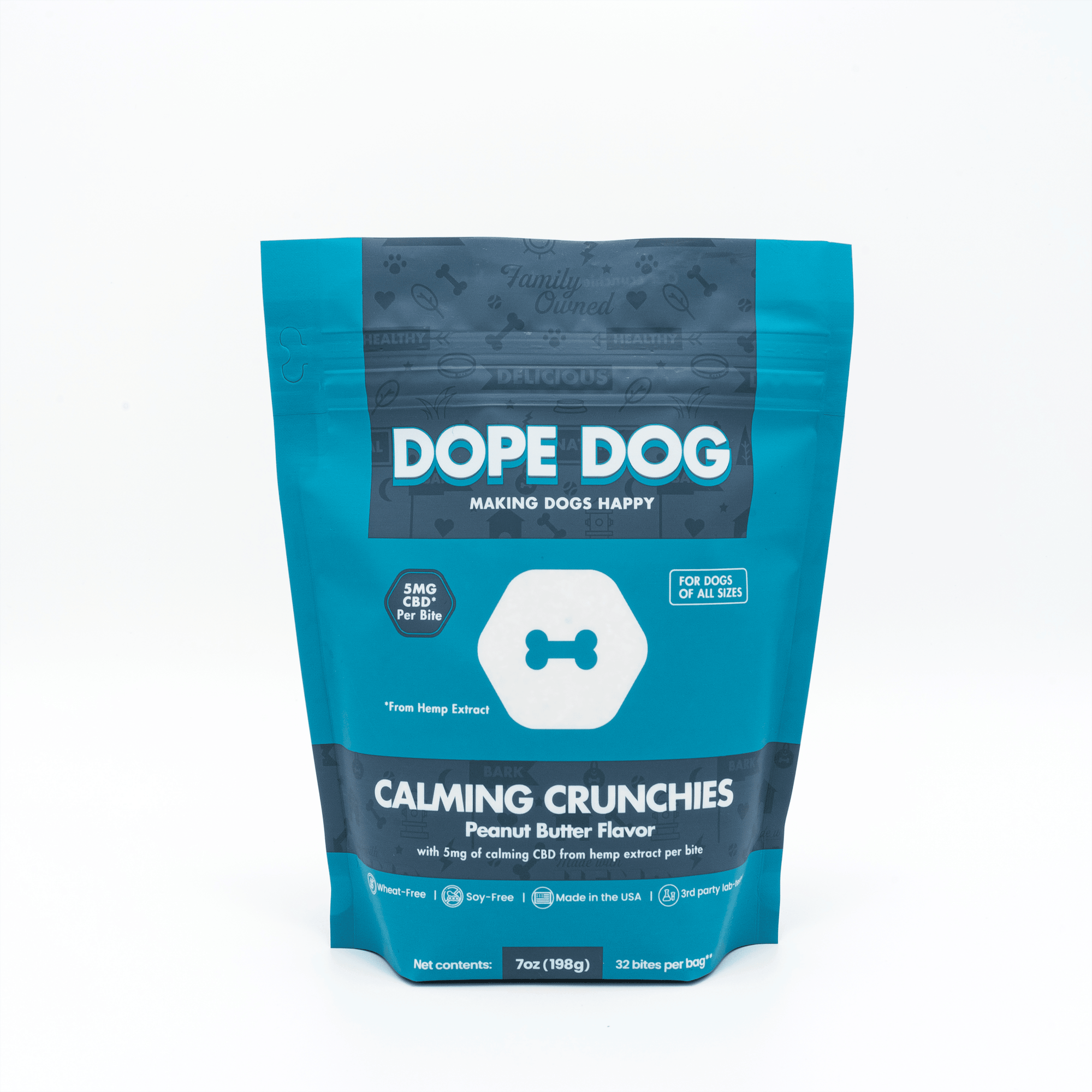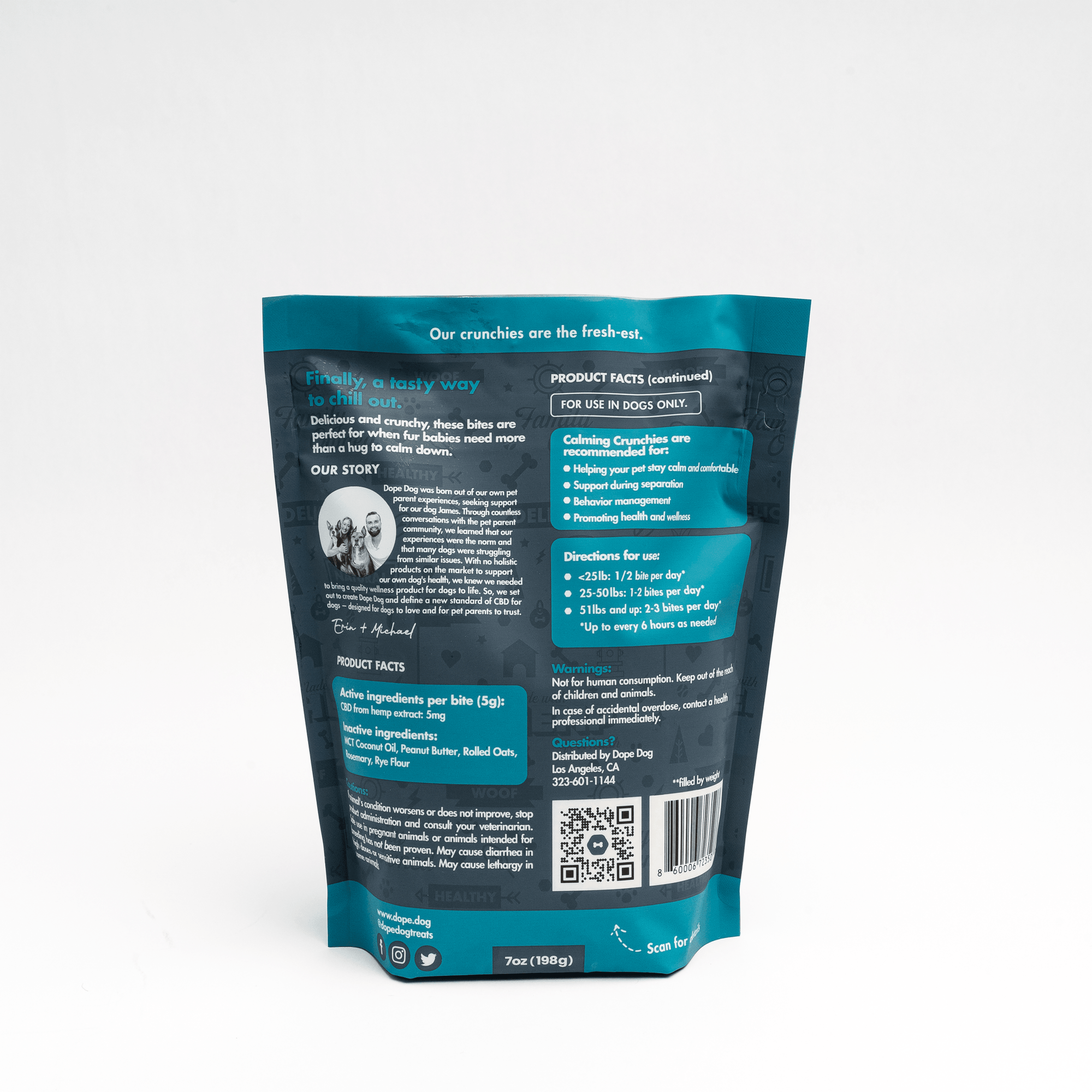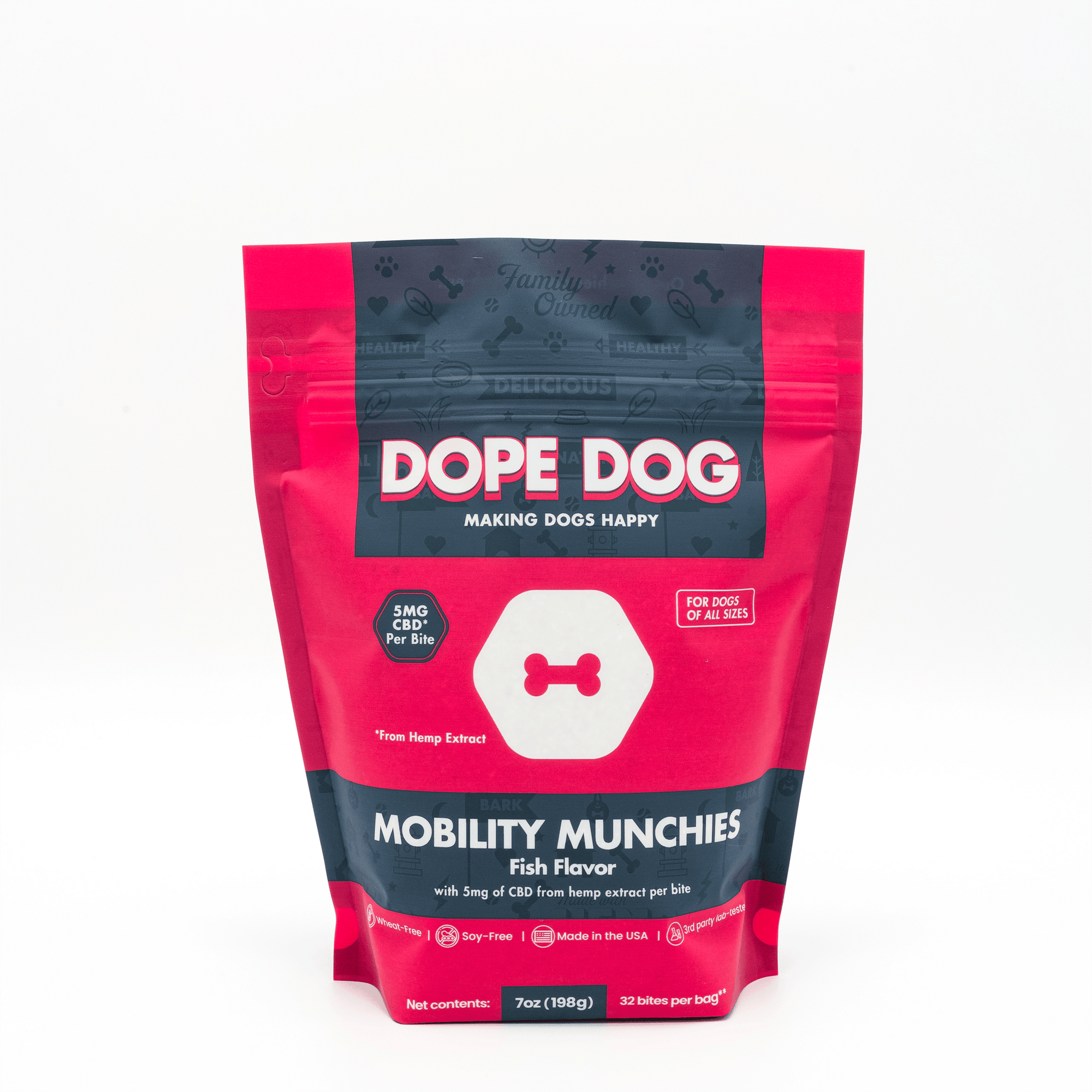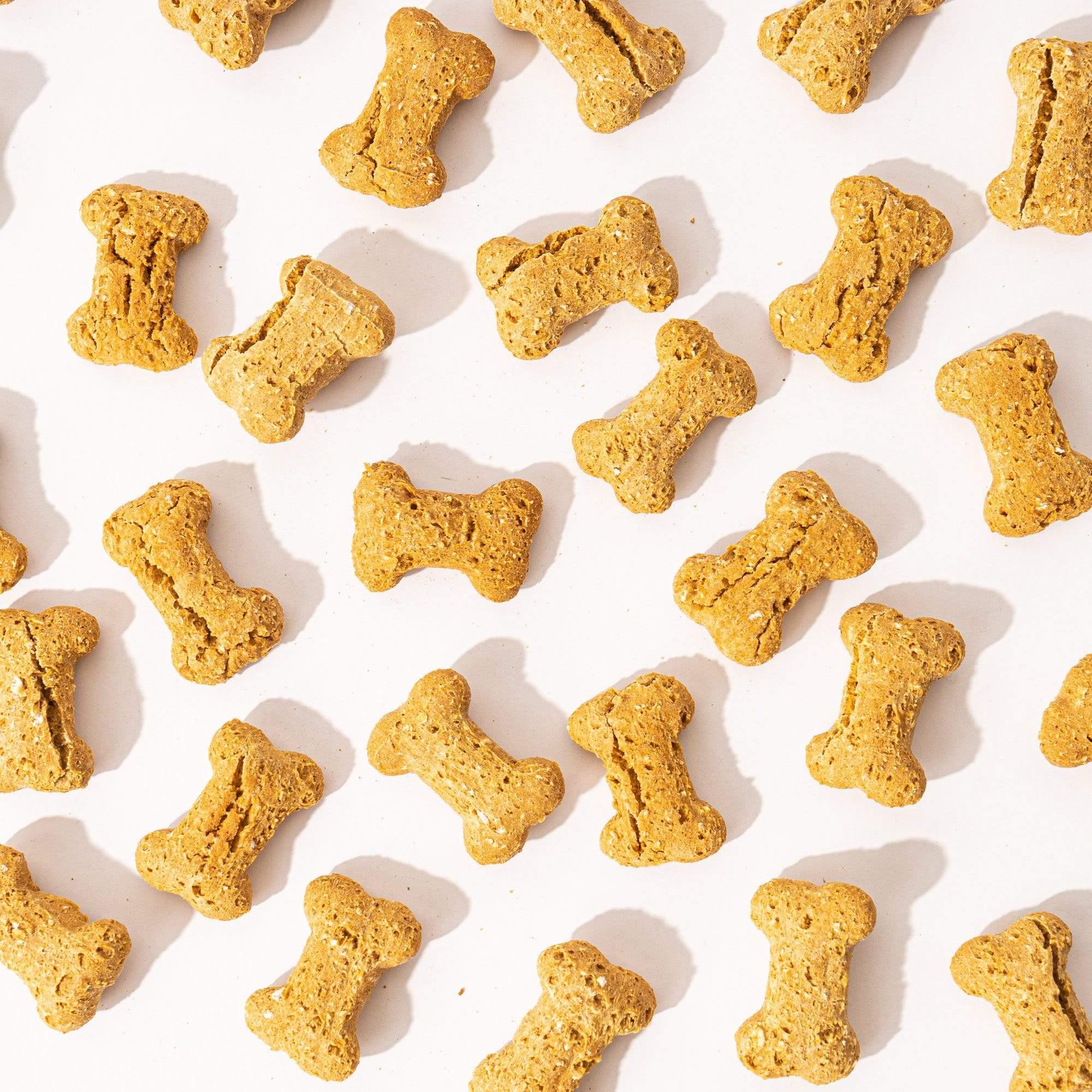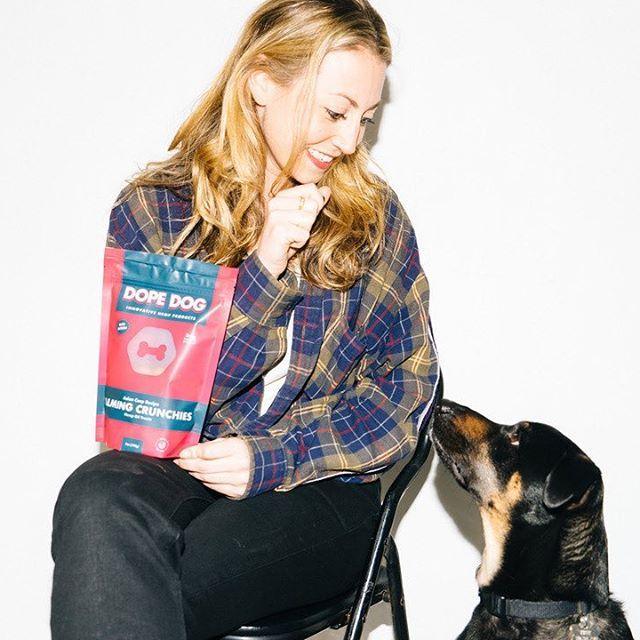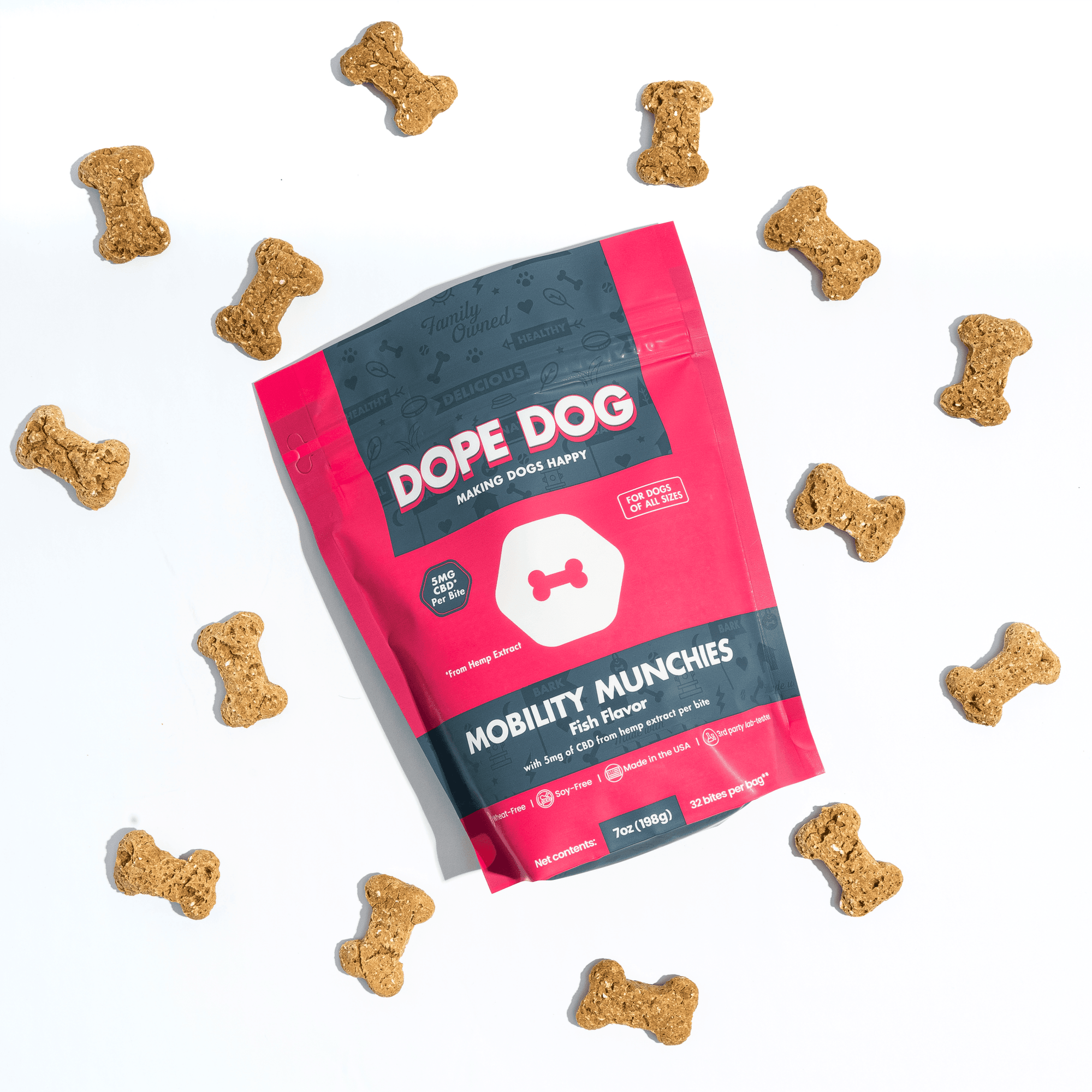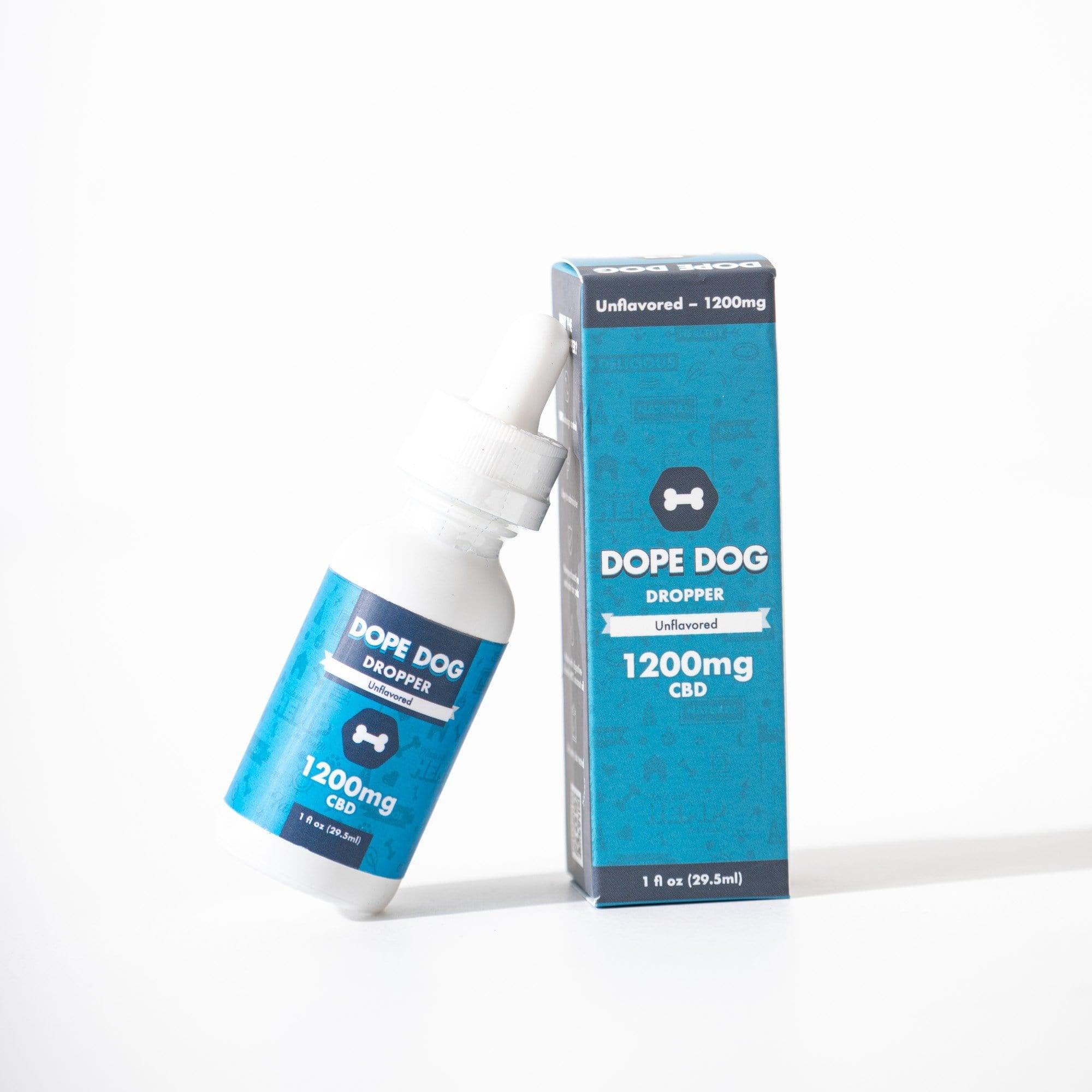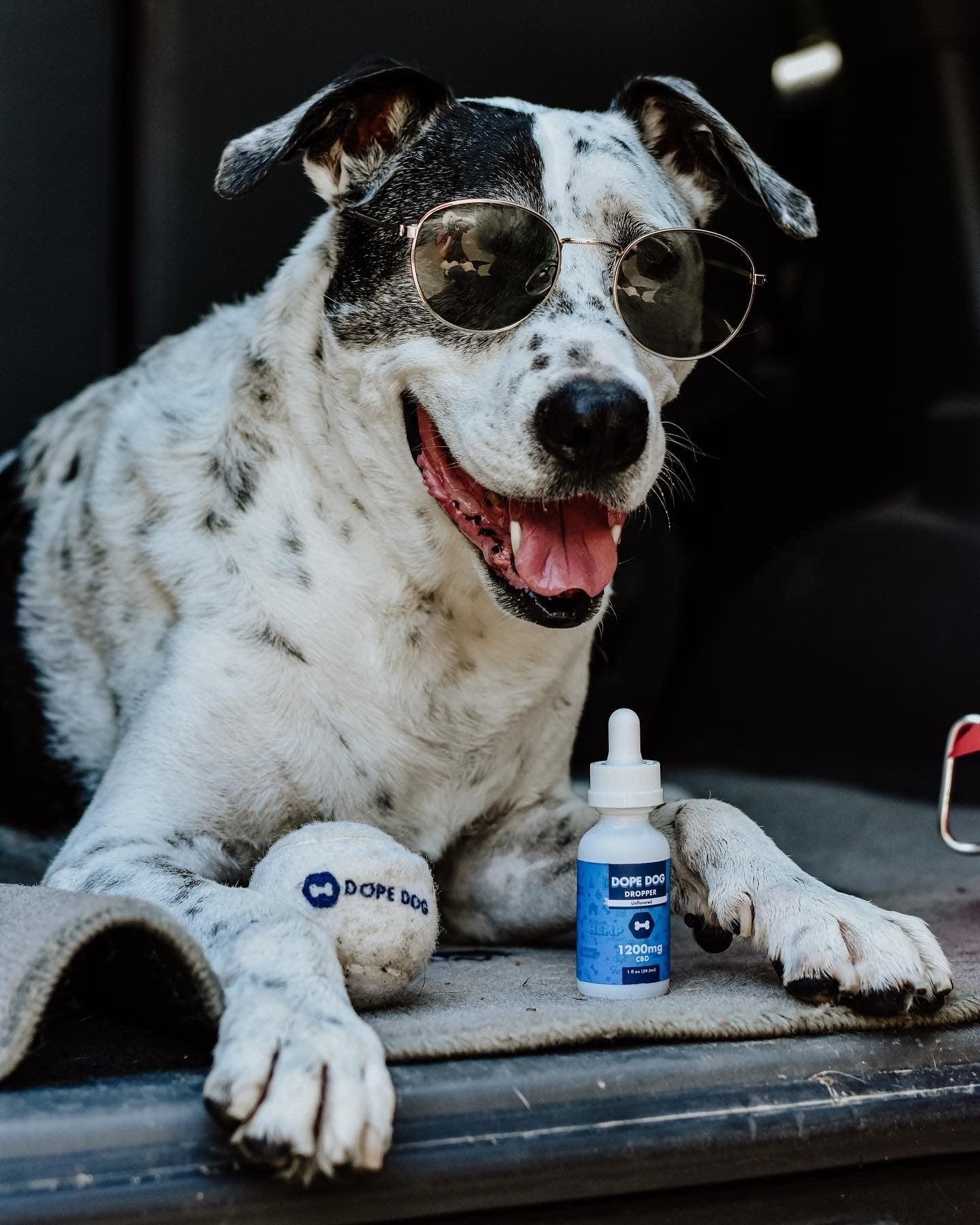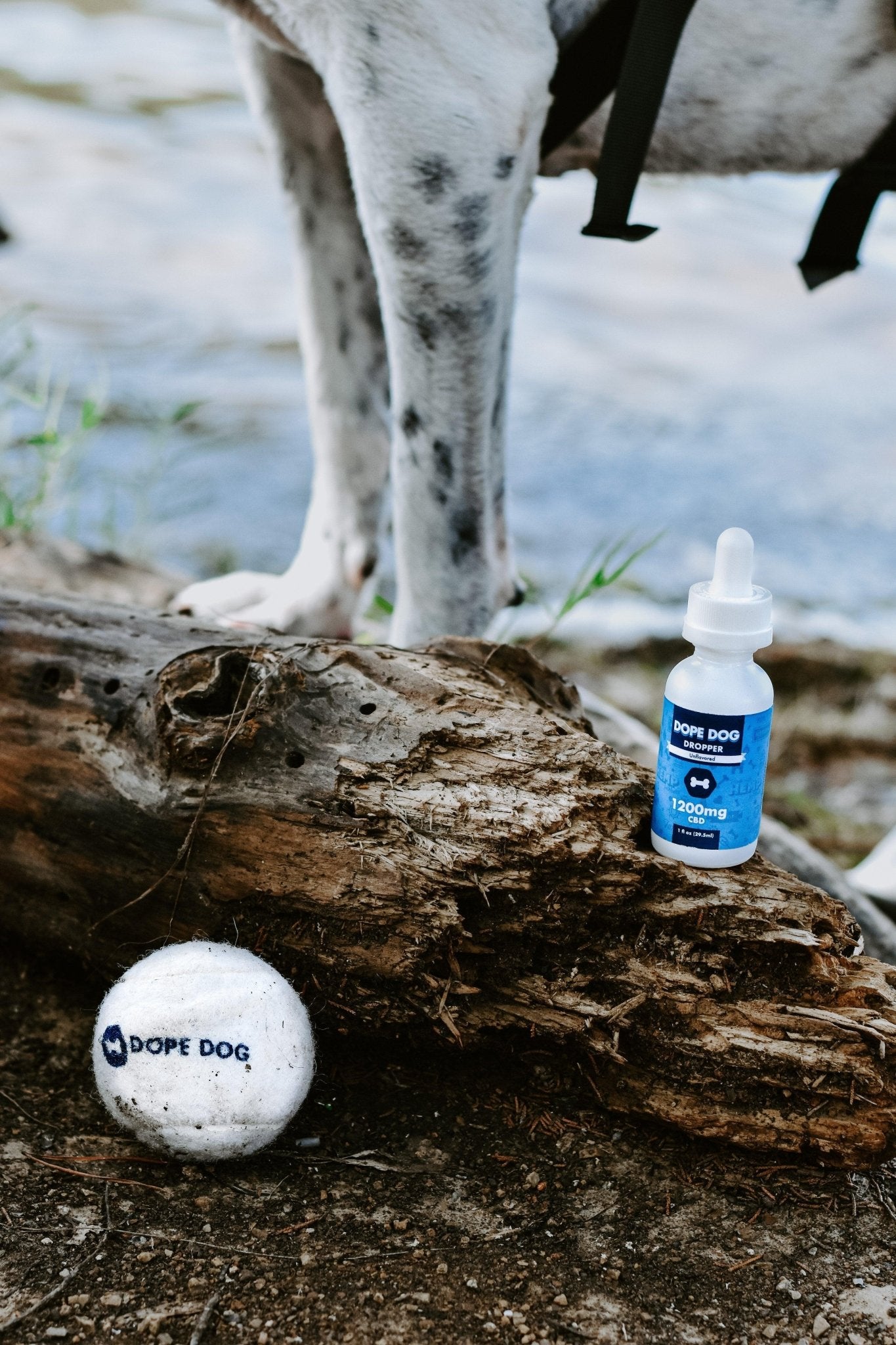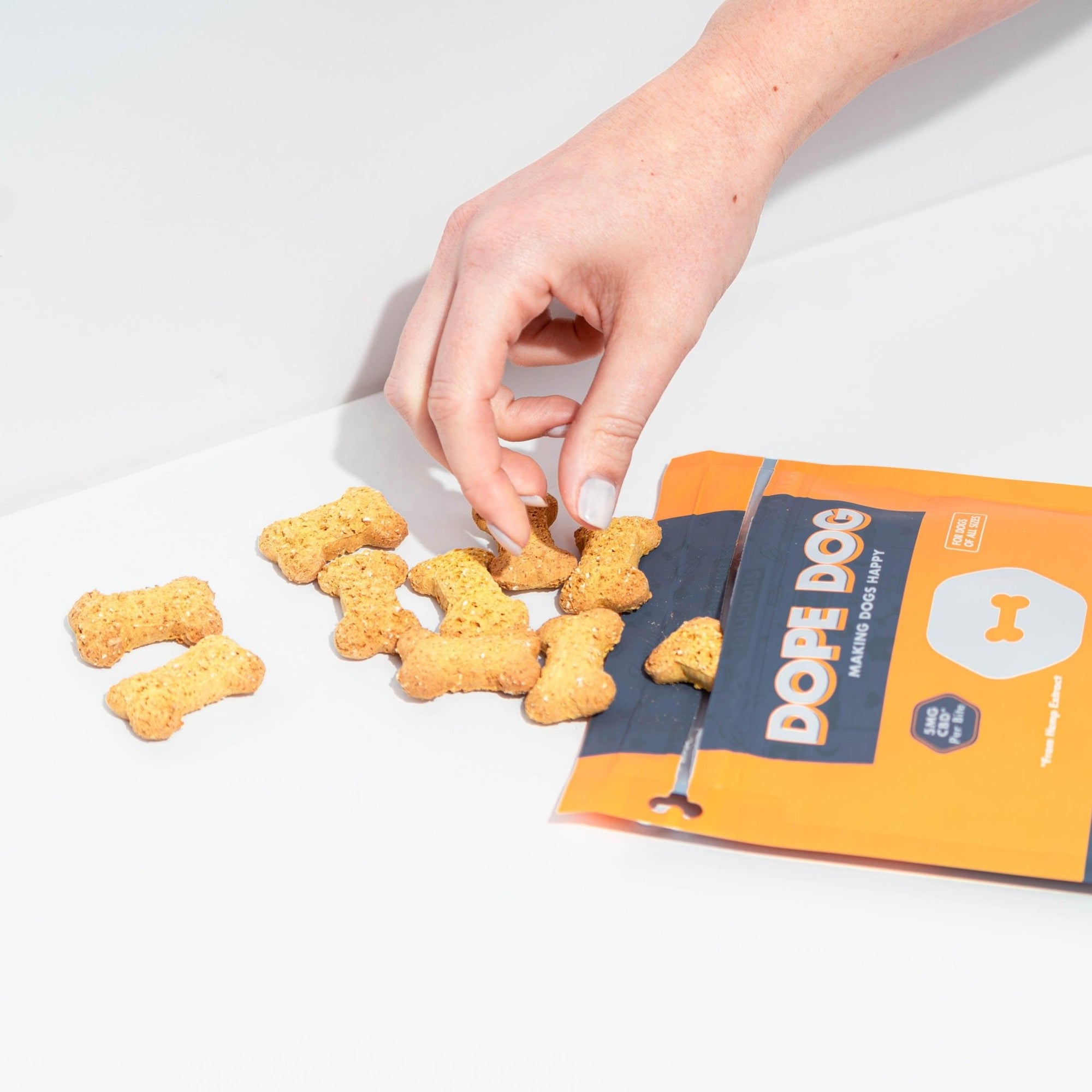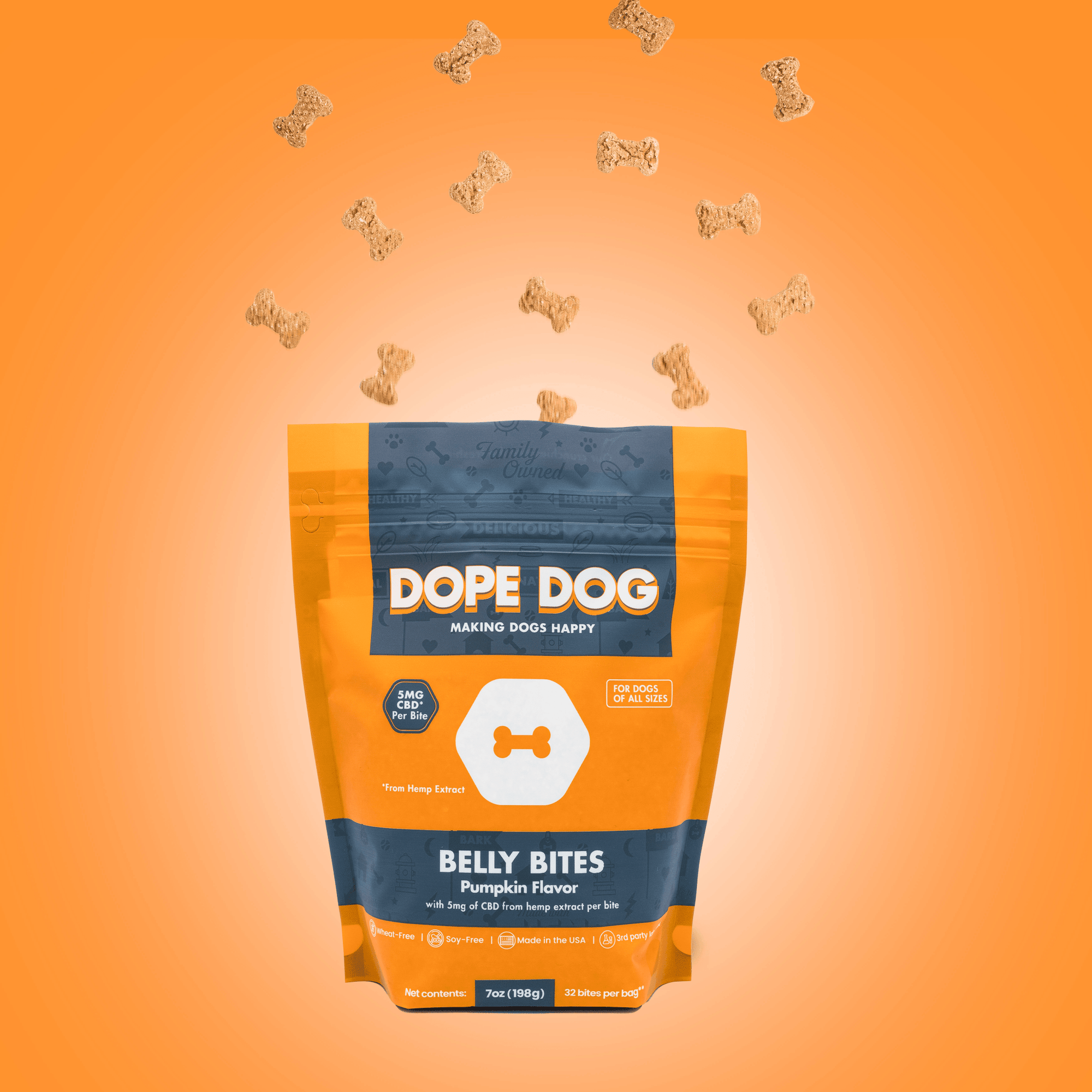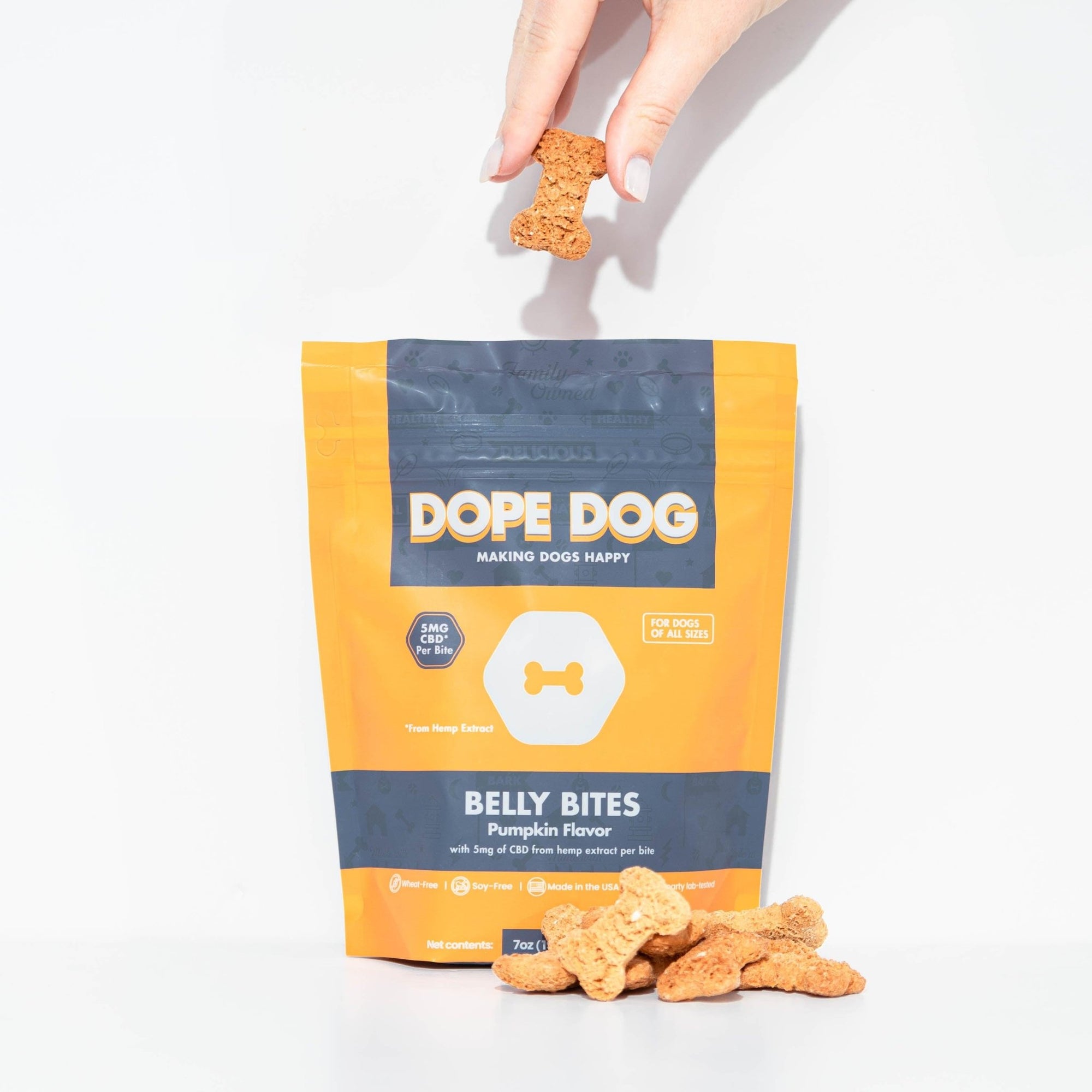As dog owners, we often want to share our favorite foods with our furry companions. When it comes to seafood, lobster is undoubtedly a delicacy that many of us enjoy. But, can dogs also indulge in this tasty crustacean? In this blog post, we will explore the question: can dogs eat lobster?
Understanding your dog's dietary Needs is crucial when considering whether or not to introduce new foods into their diet. While dogs are primarily carnivorous, their nutritional requirements differ from ours. It is essential to assess the potential benefits and risks of feeding lobster to our canine friends.
The nutritional value of lobster is a significant factor to consider. Lobster is a lean source of protein, which is essential for maintaining muscle mass and supporting various bodily functions in dogs. Additionally, it contains vitamins and minerals such as vitamin B12, zinc, and selenium, which contribute to overall health.

However, potential risks of feeding lobster to dogs should not be overlooked. One concern is the possibility of choking hazards, as lobster shells can be quite hard and difficult to digest. Allergic reactions may also occur, as dogs can develop allergies to certain seafood, including lobster. Digestive issues, such as upset stomach or diarrhea, may arise due to the richness of lobster meat. Furthermore, lobster has a high sodium content, which can be detrimental to a dog's health if consumed in excess.
Related: Why Is My Dog Sniffing Me More Than Usual?
To safely prepare lobster for dogs, there are steps you can take to minimize risks. Removing the shell is crucial to prevent choking hazards and aid digestion. Cooking lobster thoroughly is essential to eliminate any potential bacteria or parasites. It is crucial to avoid using seasonings, as many spices and herbs can be harmful to dogs. Finally, serving lobster in small portions and as an occasional treat is recommended to prevent any adverse effects on your dog's health.
If you are hesitant about feeding lobster to your dog, there are alternatives to consider. Other seafood options, such as cooked fish or shrimp, can provide similar nutritional benefits without the potential risks. High-protein foods like lean meats and eggs can also be suitable alternatives. Additionally, there are various balanced dog food options available that provide all the necessary nutrients your dog needs without the need for additional human foods.
In conclusion, while lobster may be a delicious indulgence for humans, it is essential to approach feeding it to dogs with caution. Understanding your dog's dietary needs, considering the nutritional value and potential risks of lobster, and taking necessary precautions in preparation can help you make an informed decision. It is always recommended to consult with your veterinarian before introducing any new food to your dog's diet to ensure their safety and well-being.

Related: Why Is My Dog Scared of Me?
Understanding Your Dog's Dietary Needs
Understanding your dog's dietary needs is crucial when considering whether or not to introduce new foods into their diet. While dogs are primarily carnivorous, their nutritional requirements differ from ours. Here are some key factors to consider:
1. Carnivorous Nature:
Dogs have evolved as carnivores, meaning their bodies are designed to thrive on a diet primarily consisting of meat. Their digestive systems are adapted to process and extract nutrients from animal proteins efficiently.
2. Essential Nutrients:
Dogs require a balanced diet that provides essential nutrients to support their overall health and well-being. These nutrients include proteins, fats, carbohydrates, vitamins, and minerals. Each nutrient plays a vital role in various bodily functions, such as energy metabolism, muscle development, and immune system support.
3. Protein Requirements:
Protein is a crucial component of a dog's diet as it provides the necessary amino acids for tissue repair, growth, and maintenance. High-quality animal-based proteins, such as those found in meat, are highly digestible and provide all the essential amino acids that dogs need.
4. Fat Requirements:
Fats are an excellent source of energy for dogs and aid in the absorption of fat-soluble vitamins. They also contribute to the health of the skin and coat, as well as providing insulation and protection for vital organs.
5. Carbohydrates:
While dogs have a limited ability to digest carbohydrates, they can still benefit from some complex carbohydrates, such as whole grains and vegetables. Carbohydrates provide energy and fiber, which aids in digestion and promotes a healthy gut.
6. Vitamins and Minerals:
Dogs require a range of vitamins and minerals to support various bodily functions. These include vitamins A, D, E, and B-complex vitamins, as well as minerals like calcium, phosphorus, zinc, and iron. These nutrients are essential for proper growth, bone development, immune system function, and overall vitality.
7. Water Intake:
Water is a vital component of a dog's diet. It is necessary for hydration, digestion, nutrient absorption, and waste elimination. Always ensure your dog has access to clean and fresh water throughout the day.

Understanding your dog's dietary needs is essential to provide them with a balanced and nutritious diet. When considering adding new foods like lobster to their diet, it's important to assess how it fits into their overall nutritional requirements. Consulting with a veterinarian can provide valuable guidance and ensure that your dog's dietary needs are being met appropriately.
Related: Can Dogs Eat Guava?
The Nutritional Value of Lobster
Lobster is not only a delicacy for humans but also possesses some nutritional value that may be beneficial for dogs. Understanding the nutritional composition of lobster can help us determine if it can be a suitable addition to their diet. Let's explore the key components of lobster's nutritional value:
1. Protein Content in Lobster:
Protein is an essential nutrient for dogs, as it plays a crucial role in muscle development, tissue repair, enzyme production, and overall growth. Lobster is a good source of protein, providing about 28 grams of protein per 100 grams of meat. This protein content can contribute to meeting your dog's protein requirements.
2. Vitamins and Minerals Found in Lobster:
Lobster contains various vitamins and minerals that contribute to overall health and well-being. It is particularly rich in vitamin B12, which plays a vital role in supporting the nervous system and promoting the production of red blood cells. Additionally, lobster provides minerals such as zinc, selenium, and copper, which are essential for proper immune function, skeletal health, and antioxidant activity.
3. Cholesterol Levels in Lobster:
One aspect to consider when evaluating the nutritional value of lobster is its cholesterol content. Lobster meat contains higher levels of cholesterol compared to other seafood options. While cholesterol is necessary for certain bodily functions, excessive amounts can have adverse effects on a dog's health, particularly if they already have pre-existing heart or cholesterol issues.

It's important to note that the nutritional value of lobster may vary depending on factors such as cooking methods and additives. For example, boiled or steamed lobster without added seasonings or butter will have a more wholesome nutritional profile compared to lobster prepared with rich sauces or high-sodium seasonings.
When considering adding lobster to your dog's diet, it is crucial to assess their individual nutritional needs, any existing health conditions, and consult with a veterinarian. They can guide you on incorporating lobster or other suitable protein sources into their diet in a way that promotes a balanced and healthy nutritional intake.
While lobster can provide certain nutritional benefits, it should always be served in moderation and as an occasional treat, rather than a staple food. Remember to consider the potential risks associated with feeding lobster to dogs, as discussed in the subsequent sections, to make an informed decision about including it in your dog's diet.
Related: Best Dope Dog Collars 2023
Potential Risks of Feeding Lobster to Dogs
Feeding lobster to dogs may come with potential risks that need to be considered before introducing this seafood into their diet. While some dogs may tolerate lobster without any issues, it's important to be aware of the potential risks associated with feeding lobster to dogs. Let's explore these risks in detail:
1. Choking Hazards:
Lobster shells can be quite hard and difficult to chew and digest for dogs. There is a risk of dogs choking on shell fragments or experiencing gastrointestinal obstruction if they swallow large pieces of shell. It is crucial to remove the shell completely before offering lobster meat to your dog.
2. Allergic Reactions:
Just like humans, dogs can develop allergies to certain foods, including seafood. Lobster can be a potential allergen for dogs, and some may experience allergic reactions such as itching, rashes, swelling, or gastrointestinal distress. If you suspect your dog may be allergic to lobster, it's best to avoid feeding it to them and consult with a veterinarian.

3. Digestive Issues:
The richness and high-fat content of lobster meat can pose digestive challenges for dogs, especially those with sensitive stomachs or those who are not accustomed to rich foods. Feeding lobster in large quantities or as a frequent part of their diet may lead to stomach upset, vomiting, diarrhea, or pancreatitis. It's important to introduce lobster gradually and in small portions to assess your dog's tolerance.
4. High Sodium Content:
Lobster naturally contains sodium, and excessive sodium intake can be harmful to dogs. High sodium levels can lead to increased thirst, dehydration, and potentially contribute to kidney issues in dogs. It's essential to serve lobster without any added salt or seasoning and avoid feeding it to dogs with pre-existing heart or kidney conditions.
It's important to note that every dog is different, and individual tolerance and sensitivities can vary. Some dogs may be more prone to adverse reactions or have specific dietary restrictions that make lobster unsuitable for them. Consulting with a veterinarian before introducing lobster or any new food into your dog's diet can help assess their specific needs and potential risks.
If you decide to feed lobster to your dog, it's crucial to do so in moderation. Treat lobster as an occasional indulgence rather than a regular part of their diet. Always monitor your dog's reaction after consuming lobster and discontinue if any adverse symptoms occur.
By being aware of the potential risks associated with feeding lobster to dogs, you can make informed decisions about their diet and ensure their health and well-being.

Related: Dog Got Stung By Bee
How to Safely Prepare Lobster for Dogs
If you decide to offer lobster to your dog, it is crucial to follow proper preparation methods to ensure their safety and minimize potential risks. Here are some steps to safely prepare lobster for dogs:
1. Remove the Shell:
Before serving lobster to your dog, it is essential to remove the shell completely. Lobster shells can pose a choking hazard and are difficult for dogs to digest. Carefully remove the shell, ensuring there are no sharp fragments remaining.
2. Cook Thoroughly:
Cooking lobster thoroughly is vital to eliminate any potential bacteria or parasites that may be present. Boiling or steaming the lobster until fully cooked is recommended. Avoid cooking methods like grilling or frying, as they may introduce unhealthy fats or excess seasonings.
3. Avoid Seasonings:
Lobster is often enjoyed with various seasonings and sauces by humans, but these seasonings can be harmful to dogs. Avoid using any seasoning, spices, butter, or sauces when preparing lobster for your dog. Keep the preparation simple and plain to minimize the risk of digestive upset or allergic reactions.
4. Serve in Small Portions:
When introducing lobster to your dog's diet, start with small portions to assess their tolerance and any adverse reactions. It's important to remember that lobster should be considered as an occasional treat, not a regular part of their diet. Monitor your dog for any signs of gastrointestinal distress or allergic reactions after consuming lobster.
By following these preparation guidelines, you can minimize potential risks and make lobster a safer option for your dog. Remember to consider your dog's individual dietary needs and consult with a veterinarian if you have any concerns about feeding lobster to them.
It's important to note that not all dogs will tolerate lobster well, even with proper preparation. If your dog experiences any adverse reactions or digestive issues after consuming lobster, discontinue feeding it to them and consult with a veterinarian for guidance.

Always prioritize your dog's safety and well-being when introducing new foods into their diet, including lobster.
Dope Dog Mobility Munchies are a simple treat for your dog. Wheat, corn, and soy-free, with no artificial flavors, make these treats a healthy choice for dogs who need ingredient restrictions.
Alternatives to Feeding Lobster to Dogs
If you are hesitant about feeding lobster to your dog or if they have specific dietary restrictions, there are alternative options to consider. These alternatives can provide similar nutritional benefits without the potential risks associated with lobster. Here are some alternatives to feeding lobster to dogs:
1. Other Seafood Options:
Instead of lobster, you can consider other seafood options that are generally safe for dogs. Cooked fish, such as salmon or white fish, can be a great alternative. Fish is a rich source of omega-3 fatty acids, which promote healthy skin and coat, support joint health, and provide anti-inflammatory benefits. Ensure that the fish is cooked thoroughly, free from bones, and served plain without any added seasonings or sauces.
2. High-Protein Foods:
If you are looking for alternative protein sources, lean meats like chicken, turkey, or beef can be suitable options. These meats provide essential amino acids and are easily digestible for dogs. Ensure that the meat is cooked thoroughly and free from any seasonings or sauces that may be harmful to dogs. Remove any excess fat before serving.
3. Balanced Dog Food Options:
Ensure your dog gets a complete and balanced diet by choosing high-quality dog foods formulated for their nutritional needs. Look for dog foods that contain high-quality animal proteins, essential vitamins and minerals, and are free from artificial additives or fillers. Consult with a veterinarian to identify the best dog food options for your dog's specific needs.
4. Homemade Dog Treats:
If you still want to offer a special treat to your dog, consider making homemade dog treats using safe and dog-friendly ingredients. You can find numerous recipes online that use ingredients like lean meats, vegetables, and grains to create nutritious and delicious treats for your furry friend. However, always double-check the ingredients to ensure they are safe for dogs and consult with a veterinarian if you have any concerns.
Remember, when introducing any new food to your dog, it's important to do it gradually and monitor their reaction. Every dog is unique, and their dietary needs may vary. Consult with a veterinarian to determine the best alternatives for your dog's specific requirements and to ensure their overall health and well-being.
By considering these alternatives, you can provide your dog with safe and nutritious options that meet their dietary needs while avoiding potential risks associated with feeding them lobster.
![Can Dogs Eat Lobster? [READ BEFORE YOU FEED]](http://dope.dog/cdn/shop/articles/natalia-wiklent-nP6o7kolRbg-unsplash-min.jpg?v=1695730865&width=2000)

![Why is My Dog's Ear Swollen? [MUST KNOW!]](http://dope.dog/cdn/shop/articles/tim-higham-QxDXORRktWE-unsplash-555717.jpg?v=1697236049&width=1536)
